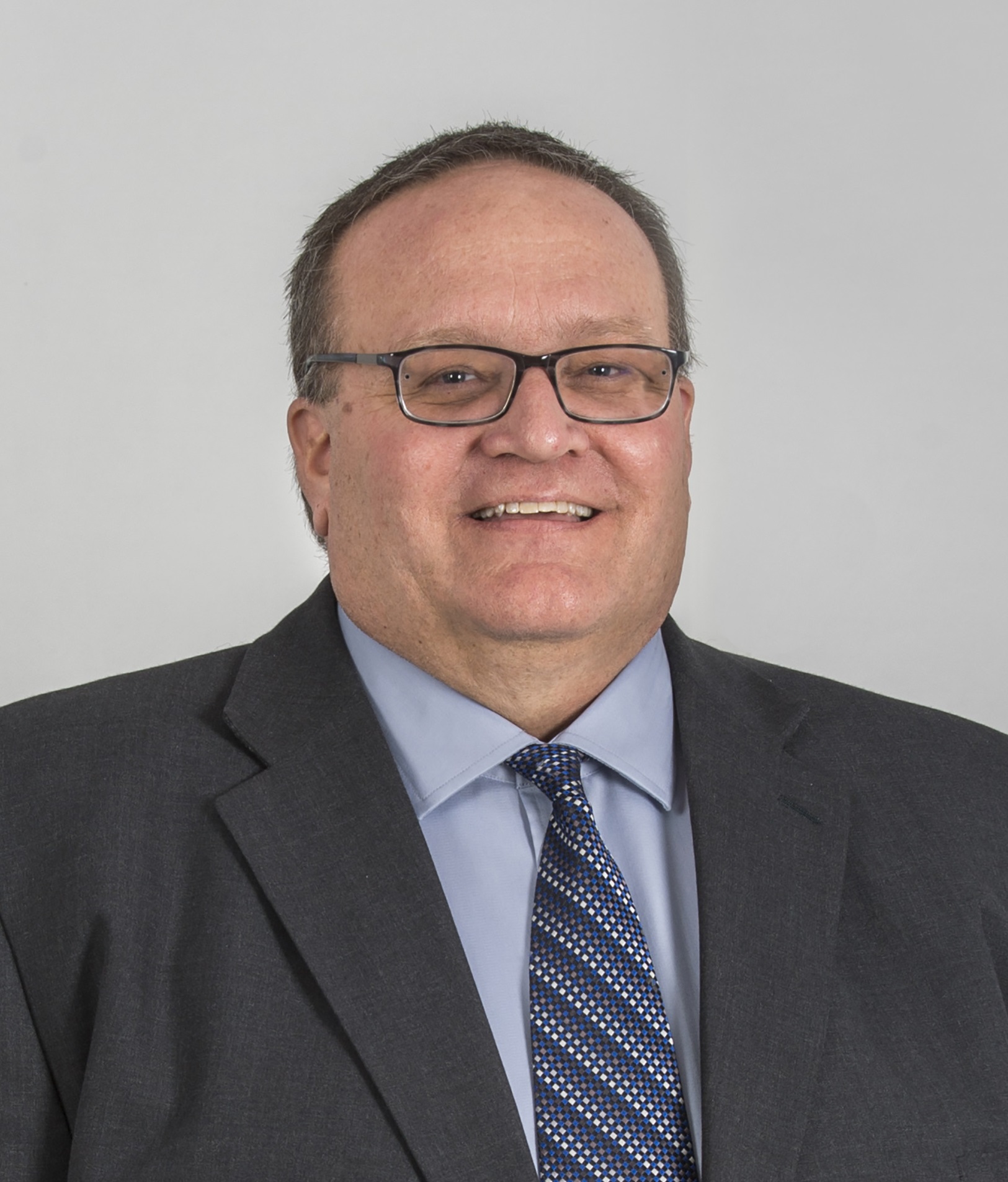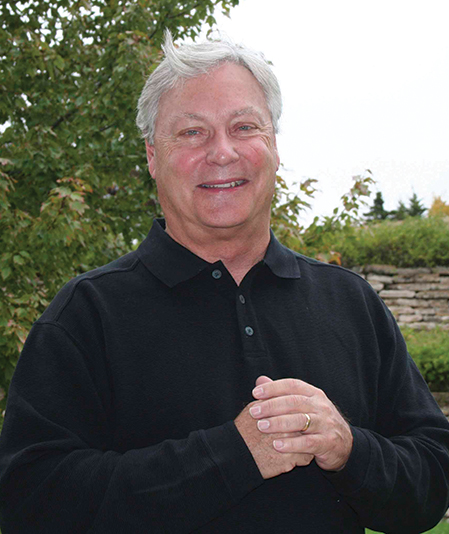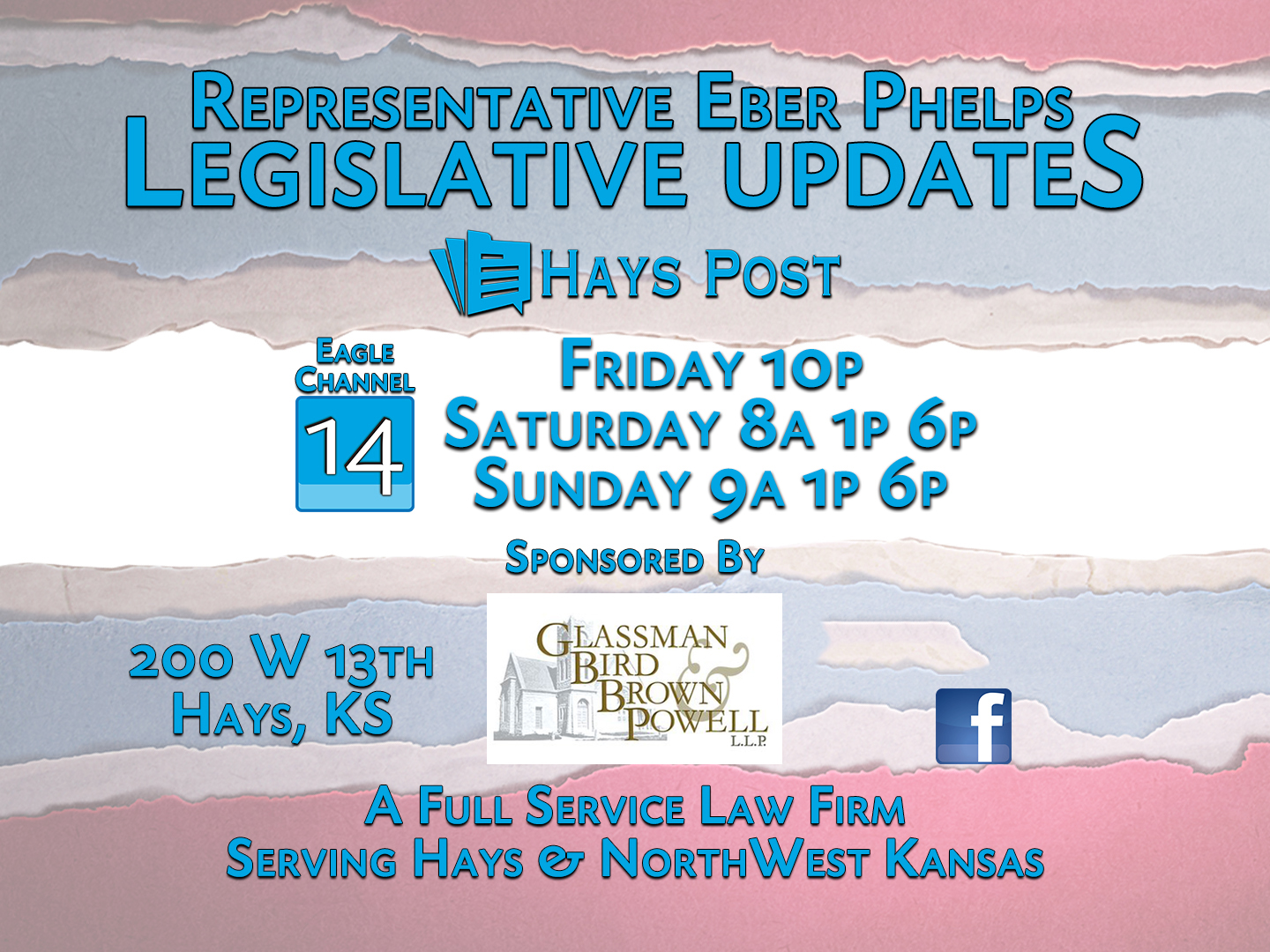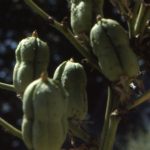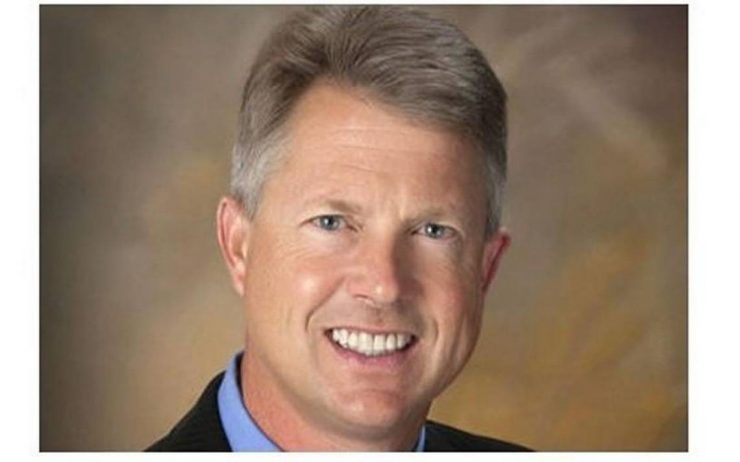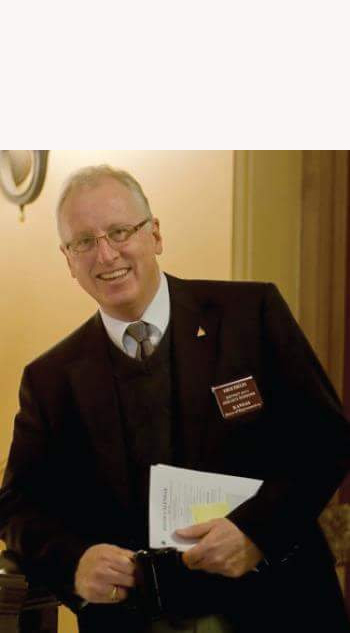
Sunflower Financial and Strategic Growth Bancorp Incorporated (SGB) announced the completion of their merger effective today, June 19, bringing together the holding companies and their respective banking entities: Sunflower Bank N.A., First National Bank of Santa Fe, and Capital Bank, SSB, as well as Guardian Mortgage Company, Inc. The new holding company, FirstSun Capital Bancorp will be the third largest Colorado-headquartered institution by total assets.
“We’re excited about the new products and services we will be introducing in all our communities,” said Mollie Hale Carter, Chief Executive Officer of FirstSun Capital Bancorp and the newly integrated Sunflower Bank, N.A. “Together we are bringing clients across our markets enhanced small business banking, personal banking, and mortgage solutions, as well as wealth management services for individuals and institutions.”
As a super-community bank with 60 offices in in Colorado, Kansas, Missouri, New Mexico, and Texas, the bank will be organized into eight regions. In Colorado, Kansas, and Missouri the bank will operate as Sunflower Bank, and in New Mexico and Texas the brand name will be First National 1870. This model is designed to elevate local leadership, drive local decision-making, and maintain a connection to all communities. While the bank will operate under two names, depending upon location, the organization operates as one, giving clients the full benefit of larger scale, quick response, and accessibility.
The Denver Metro and Northern Colorado regions will expand in scope as First National Denver and Sunflower Bank teams and locations are combined. These will be led by Russel Schmucker – Denver Metro and Mike Hindman – Northern Colorado. Other regional leadership includes: Michael Briney — Western Kansas; Eric Comeau — Metro Kansas; Glynn Sheridan — Eastern & Central Kansas; and Larry Stringari — Southern Colorado.

Two new regions will be led by Michelle Coons, formerly of First National Rio Grande and First National Santa Fe, as regional president for Northern New Mexico, and Joseph Mullings, formerly of Capital Bank, as regional president for Texas & Southern New Mexico.
“Our teams look forward to being part of the newly merged bank that will continue to serve Santa Fe, Los Alamos, and Albuquerque with enhanced products and services that complement our strong community roots and local knowledge,” said Michelle Coons. Joseph Mullings added “This is a great banking opportunity for our clients and communities in El Paso, Las Cruces, and San Antonio. As First National 1870, we are able to support the economic growth of our region with greater scale and new capabilities.”
Guardian Mortgage will retain its trade name and will continue to be led by Russell Anderson. It will expand its operations to provide mortgage services through branches across the bank’s footprint.
— Submitted
